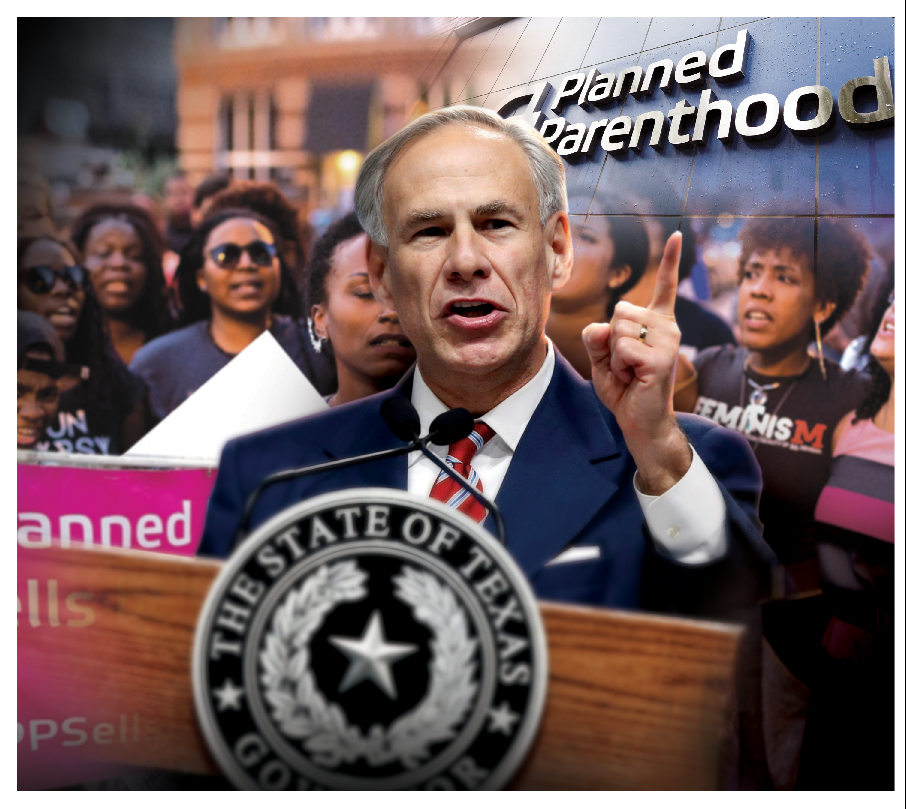By: Roy Douglas Malonson
A woman’s place is in the kitchen. Women are too emotional. You can’t do this because you’re a woman. These phrases are just a few of what women have heard their entire life. Back then, a woman’s job was to take care of her home and that was it. These duties included, cooking, cleaning, taking care of the children and other tasks around the home. While being a homemaker is great and taking care of the needs of one’s family is always important, it is not the only thing that women can do. Women are so much more!
Beginning with the 1920 passing of the amendment that gave women the right to vote, women have been fighting for rights for years, and today, women are still fighting. The 1960’s and 1970’s are known as The Women’s Movement era. This was a time where women all over came together to fight for equal rights and opportunities. This included politics, family and home life, sexuality, and even work.
Life for women began to change after World War II. Technology made household chores easier, there were many job opportunities, and an overall shift in cultural attitudes. Women wanted more than just to be a homemaker, and they had a lot to offer. Women wanted and demanded change, and to make this happen, they needed a way to push the change they wanted to see.
Because the National Association for the Advancement of Colored People (NAACP) was enforcing national change for colored people, and women needed an organization like the NAACP to change the dynamic of women’s rights. Due to this need, the National Organization of Women (NOW) was created in 1966. NOW was a powerhouse and accomplished a lot within a short period of time. This included the elimination of discrimination of women in the workplace, maternity rights, job opportunities, and more.
Today, women’s rights are still a controversial topic, especially with the recent ruling against the 1973 Roe v. Wade case, which deemed women “the right to privacy,” and abortions up to a certain term constitutional. Since the initial ruling, this topic has and will always be debated. Recently, in June of this year, the court overturned Roe v. Wade as well as another monumental case, Planned Parenthood v. Casey.
For Texas specifically, the S.B.8 law was adopted under Governor Greg Abott, which banned abortions that go beyond fetal cardiac activity, which occurs around the sixth week of pregnancy. Under this law, no exceptions were made for rape and incest. In addition, there are severe consequences for those who “aids or abets” anyone performing an abortion. This ruling was not only a slap in women’s faces, but also set women back years regarding the progress made for women’s rights.
Because of this decision, many women will now have to make important life changing decisions that will impact them medically. This ruling is putting the lives of women at risk, especially Black women. Michelle Webb, Communications Director of the Black Women’s Health Imperative (BWHI), stated, “Black women tend to live in states hostile to reproductive healthcare, Roe’s overturn directly endangers Black women’s lives by exacerbating pre-existing access restrictions. Forcing Black women to carry dangerous, potentially deadly pregnancies to term will worsen the ongoing Black maternal mortality crisis that sees Black women dying from pregnancy at three times the rate of white women.”
The November election is vastly approaching, and many women will have their voice heard at the polls. There were many women that were upset at the passing of the new Texas law, and this has hurt Abbott’s campaign efforts. Campaign ads have been launched and one of Abbott’s videos is narrated by his wife, Cecilia. The ad goes back in time and talks about when they met and their marriage, when Abbott was paralyzed, adopting their daughter, and she mentions characteristics about Abbott that make him seem relatable to others. The ad paints Abbott in a different light than what we are used to seeing. With Abbott using his wife for his campaign, it can be said that he is trying to make up and gain back the women’s vote.
According to the Center for American Women and Politics (CAWP), “Voter turnout refers to the proportion of eligible voters who cast a ballot in an election. Women have registered and voted at higher rates than men in every presidential election since 1980, with the turnout gap between women and men growing slightly larger with each successive presidential election. Women, who constitute more than half the population, have cast almost 10 million more votes than men in recent elections.”
Simply put, women vote more in elections than men do. Roe V. Wade’s decision should not have been overturned. There are other issues that are pressing like gun rights that Abbott should focus his energy on. Politicians should not be making decisions about a woman’s body, especially when it comes to abortions. Women are powerful!
November 8, 2022 is election day and many will have their voices heard. Who are you voting for?






